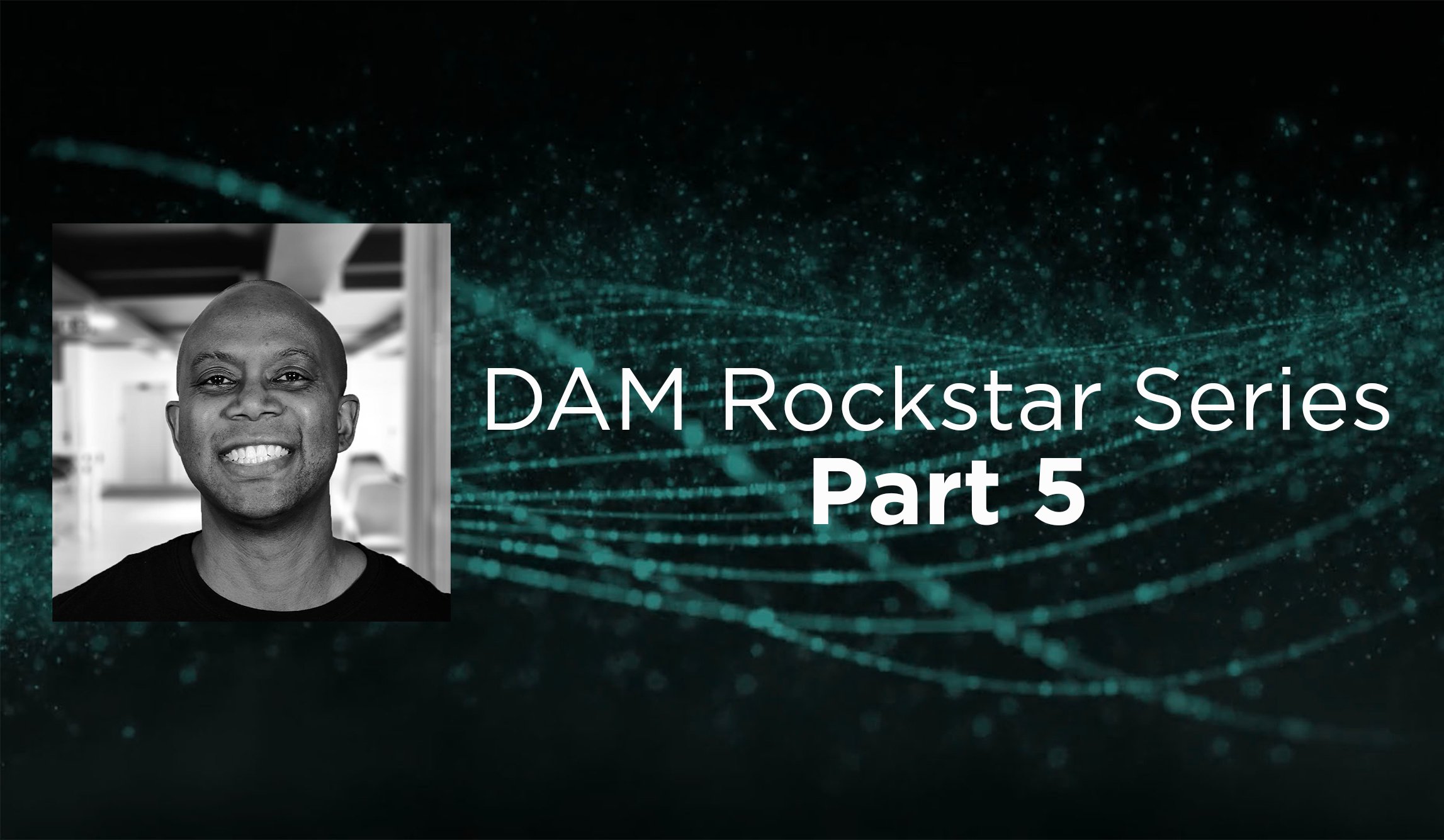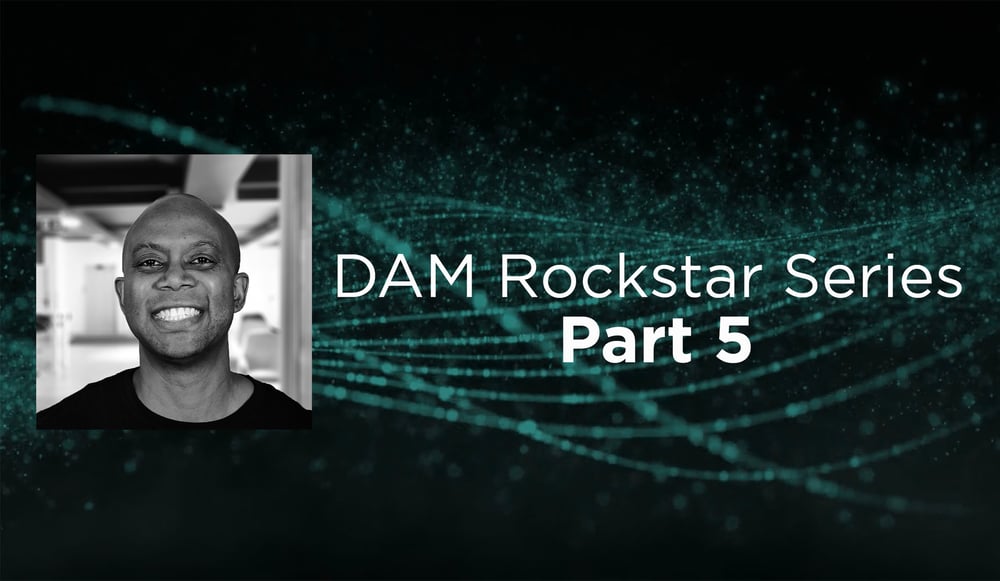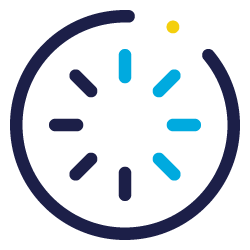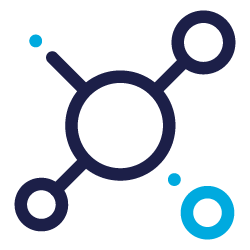

DAM Rockstar 5: People and resources make the difference
“Above all, success in business requires two things: a winning competitive strategy, and superb organizational execution. Distrust is the enemy of both. I submit that while high trust won't necessarily rescue a poor strategy, low trust will almost always derail a good one. ”
― Stephen M.R. Covey
Elliott Brown, Group Business Director
Stephen Covey’s book, ‘The Speed of Trust: The One Thing that Changes Everything’ is an excellent read that outlines behaviors that can engender success in business and in life, based on trust. From a business perspective trust is the connective tissue can allow an organization to bow, flex, evolve and succeed, based on a mutual faith between the people and the enterprise.
The success of a DAM as a practice for an organization is trust-based as well. It requires the three-legged stool of people, process and technology to work in concert for a common, transparent goal. DAM practitioners should understand not only the lifecycle of the assets they are entrusted with, they must understand the purpose of those assets from a brand perspective and how those elements come together in a communication effort with defined business KPIs. As DAM managers and users understand the brand, the brief and the intended business outcomes, they can better work with marketing and partner agencies to not only support the campaign, but influence it via a feedback loop of asset performance and risk.
Trust is baked into the process of not only management of asset lifecycles, but all the hands that must shake – at the right time – to support successful campaigns and the governance that mitigates any associated risk. Starting from the brief, through creative ideation, development and execution, partners in this orchestra must understand the requirements of the program, the purpose of the communication to the intended audiences (internal and external) and management of rights that may impact a program. While process can be influenced by the technologies that share content, assets and data, it is key to have the train operators understand where tracks intersect and build upon each technology remit.
While it is hard to think of technology as something requiring trust, it’s no big leap to think of how technology must be trusted to execute on its assigned purpose. When there is typically a loss of trust in technology, it is most often centered on misalignment of expectations regarding the purpose of platforms in a marketing technology stack and how they support the practice of DAM. A high-functioning DAM ecosystem that includes a myriad of platforms, requires that different internal functions within an organization know and understand the remit of their stakeholders and other internal partners. They must also understand how each system must interact for specific and overall business outcomes. This requires trust in aligned purpose and open discourse for any functional or operational gaps that may influence non-optimal results.
The speed of trust of DAM operations relies heavily on a well-articulated business outcome. It requires people that have internalized the brand to be able to see the forest and the trees. It necessitates that there are processes connecting internal and external partners working together to develop asset-based communications and planning for reuse that is focused on specific messages. It must be enabled by an ecosystem of platforms that have both common and specific purposes for an enterprise. From a baseline of business and operational trust, DAM practitioners have an opportunity to drive real business improvement with assets all adding up to create a market force far greater than the sum of their individual parts.
By Elliott Brown, Group Business Director

Here are the topics and the ICP experts blog series weighing in:
1: Getting stakeholder buy-in to a winning plan: Victor Lebon, CEO, EMEA & APAC
2: Plan beyond the tech; Adopting and Adapting: Jing Wang, Consultant
3: Think ecosystem, not platforms: Tom Sloan, Director, Marketing Technology
4: Find the balance between metadata structure and flexibility: Sara James, Sr. Marketing Technology Consultant
5: People and resources make the difference: Elliott Brown, Group Business Director (this blog)

.png?length=800&name=Untitled-4-CrOps%20Maturity%20Assessment%20landing%20page%20graphic%20(1).png)


%E2%80%8B-%E2%80%8B%20%E2%80%8B.png?length=256&name=Purple%20B__Align%20(Content%20Alignment)%E2%80%8B-%E2%80%8B%20%E2%80%8B.png)
%E2%80%8B-%E2%80%8B%20%E2%80%8B-1.png?length=256&name=__Align%20(Content%20Alignment)%E2%80%8B-%E2%80%8B%20%E2%80%8B-1.png)
%E2%80%8B%20%E2%80%8B.png?length=256&name=Blue%20B__Implement-%20(Technology%20Implementation)%E2%80%8B%20%E2%80%8B.png)
%E2%80%8B%20%E2%80%8B.png?length=256&name=__Implement-%20(Technology%20Implementation)%E2%80%8B%20%E2%80%8B.png)
%E2%80%8B.png?length=256&name=Blue%20B__Adopt-%20(Technology%20Adoption)%E2%80%8B.png)
%E2%80%8B.png?length=256&name=__Adopt-%20(Technology%20Adoption)%E2%80%8B.png)





%E2%80%8B-%E2%80%8B%20%E2%80%8B.png?length=256&name=__Align%20(Content%20Alignment)%E2%80%8B-%E2%80%8B%20%E2%80%8B.png)





%E2%80%8B-%E2%80%8B%20%E2%80%8B.png?length=256&name=Blue%20B__Align%20(Content%20Alignment)%E2%80%8B-%E2%80%8B%20%E2%80%8B.png)
%E2%80%8B%20%E2%80%8B.png?length=256&name=Cyan%20B__Implement-%20(Technology%20Implementation)%E2%80%8B%20%E2%80%8B.png)
.png?length=256&name=Blue%20B__Activate%20(Content%20Activation).png)
.png?length=256&name=__Activate%20(Content%20Activation).png)

.png?length=256&name=Data_%20Outcome_White%20BG%20(1).png)










